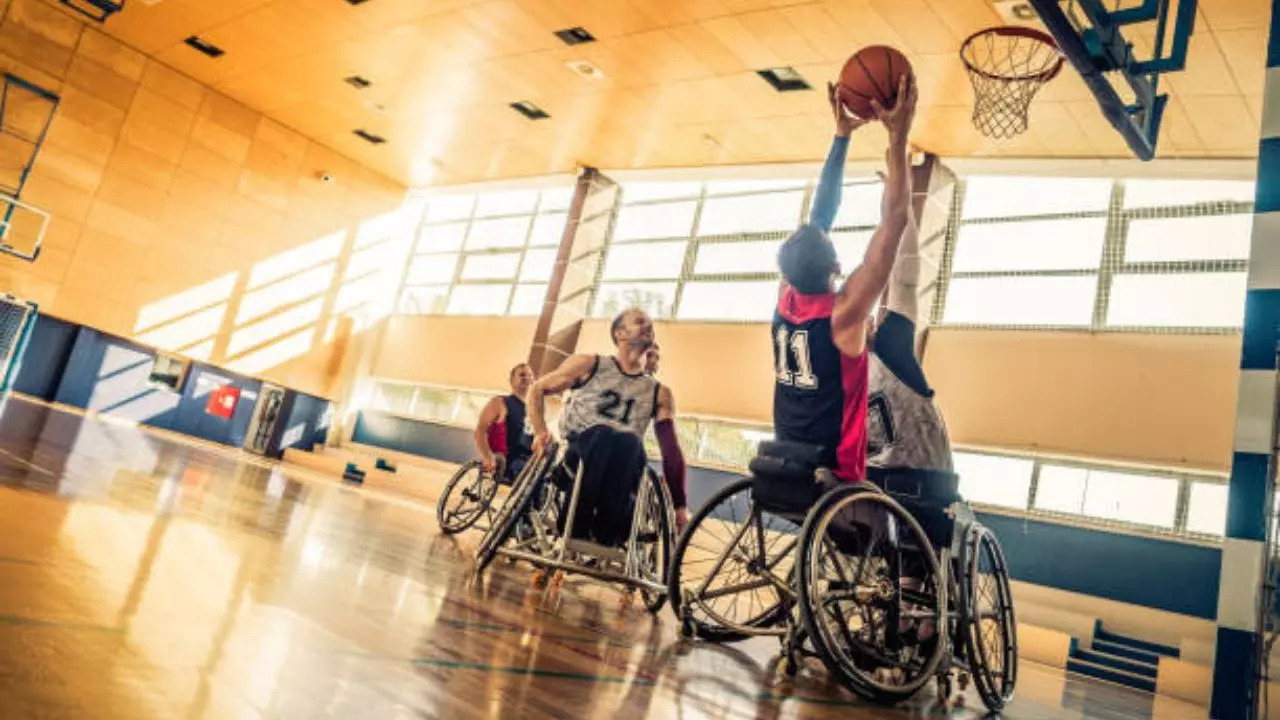Athletes have permanent disabilities such as muscle spasticity, impaired vision, altered biomechanics and different body movements.
With the Paris Paralympics just around the corner, all eyes are on the athletes who are giving their all to bring back the laurels for their respective countries. And, like others, even disabled athletes understand the substantial risk of injury they face.
However, according to experts, overall injury rates in Paralympic sport appear to be high and comparable to rates for able-bodied athletes. Athletes perceive that the intensity of Paralympic sports has increased in recent years, increasing the demands on their bodies. “Many Paralympic athletes have long-standing and non-modifiable disabilities, sometimes combined with complex medical issues, which could lead to injuries that do not occur in sports for able-bodied athletes,” Dr Tvisha Parekh, Sports Medicine, Sir HN Reliance Hospital, told Times Now.
Epidemiology of injuries in athletes with disabilities
Studies have shown that more than half of the injuries suffered by blind athletes occurred in the lower extremities. The injuries suffered by athletes with cerebral palsy were evenly distributed between the knee, shoulder, forearm, wrist and leg areas. This shows that the cases of injuries among athletes with disabilities were almost equal compared to athletes without disabilities.
According to Dr. Parekh, permanent disabilities such as muscle spasticity, visual impairment, altered biomechanics, different body movements, and intellectual impairment influence and aggravate the occurrence of injuries. For example, visually impaired athletes often have more problems related to collisions and falls. Wheelchair athletes may have severe shoulder pain related to overly demanding wheelchair driving both in daily life and in sports. “Disabled athletes themselves perceive that compared to able-bodied athletes, life becomes more difficult, daily life tasks consume more energy, and it is extremely impractical to have a permanent disability on top of a sports injury,” she said.
For wheelchair athletes with physical disabilities, household chores and transportation are also more demanding.
How do para-athletes manage their injuries??
In general, just like able-bodied athletes, disabled athletes can suffer from any type of injury, and the basic treatment of the injury must be appropriate. However, for different types of disabilities, such as amputations, blindness, intellectual disability, etc., the treatment of the problems concomitant with the injuries in each athlete is different depending on their additional limitations. “During treatment, the medications they take during the course of treatment are also taken into account,” said Dr. Parekh.
Therefore, it is important to understand the vital conditions for the proper prevention, care and return to activity of these athletes.
Dr. Parekh said athletes with disabilities undergo medical considerations such as screening and prevention, which are very important parts of sports medicine. Pre-participation screening is available for athletes without disabilities, but this option is not as available for athletes without disabilities.
Disclaimer:
The information contained in this post is for general information purposes only. We make no representations or warranties of any kind, express or implied, about the completeness, accuracy, reliability, suitability or availability with respect to the website or the information, products, services, or related graphics contained on the post for any purpose.
We respect the intellectual property rights of content creators. If you are the owner of any material featured on our website and have concerns about its use, please contact us. We are committed to addressing any copyright issues promptly and will remove any material within 2 days of receiving a request from the rightful owner.

